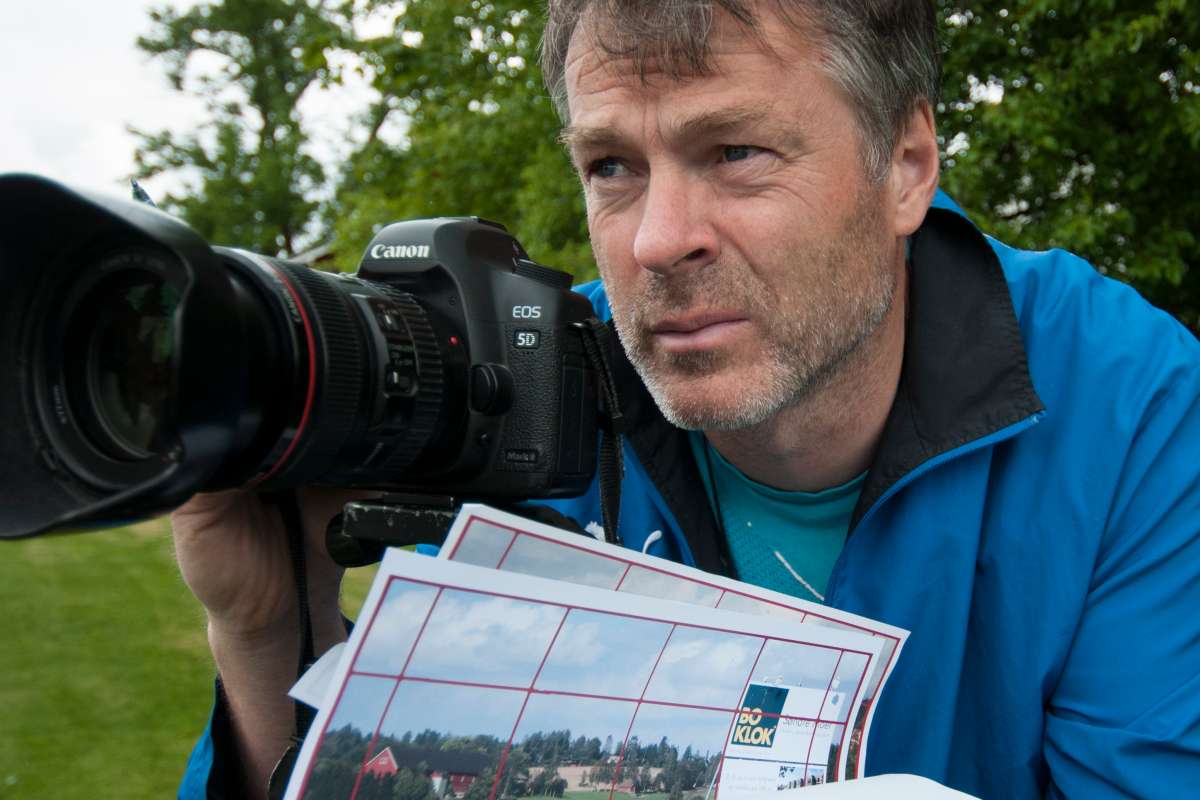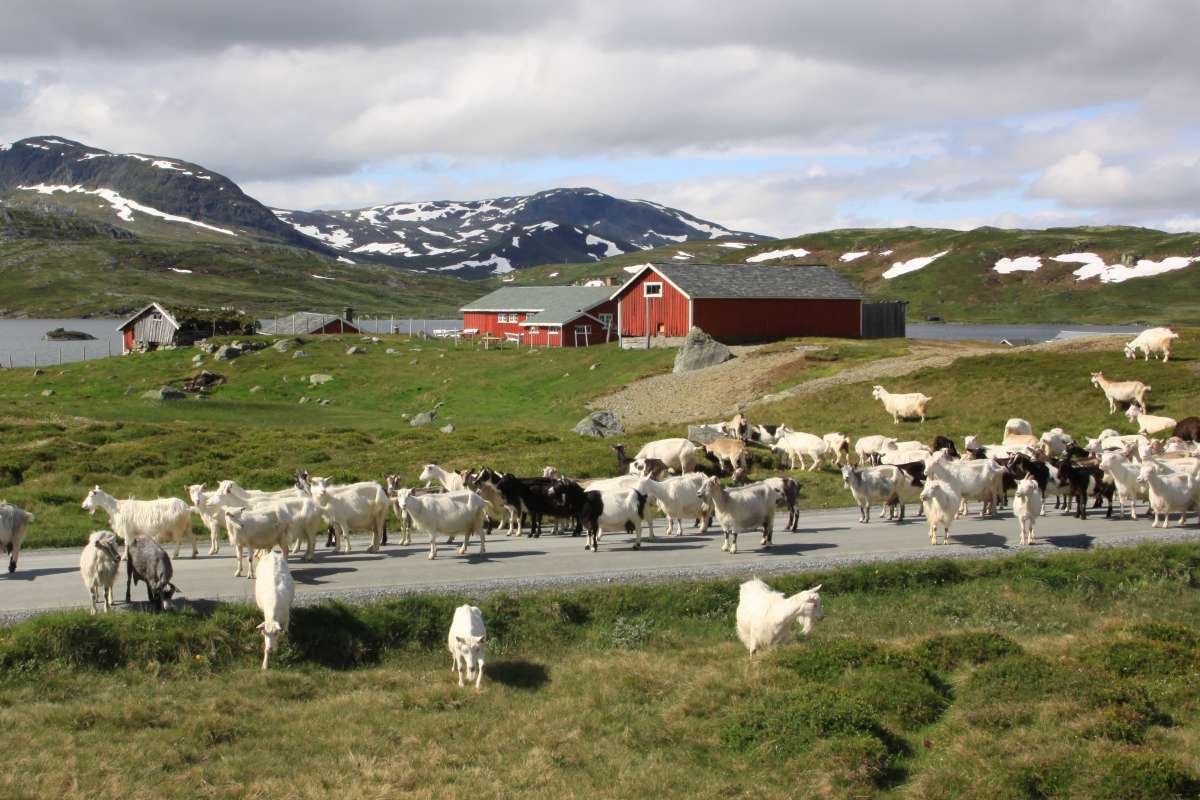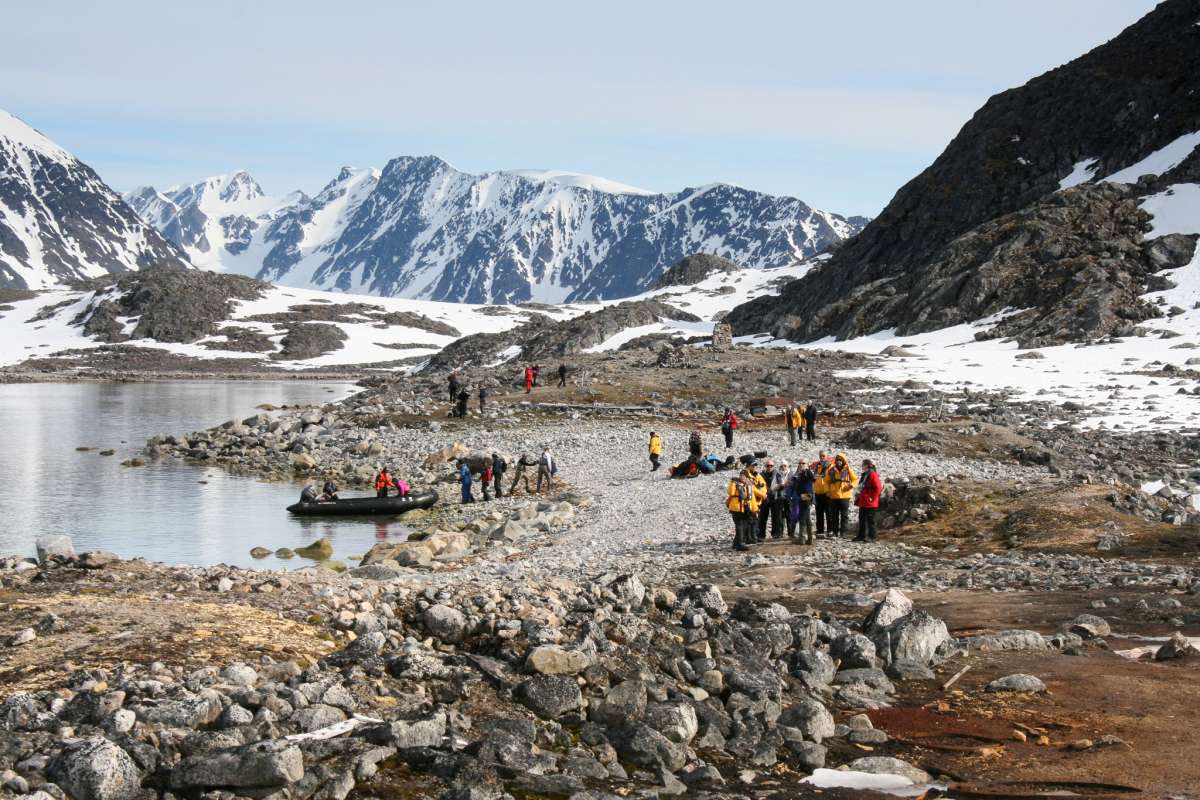Norwegians place great value on the agricultural landscape
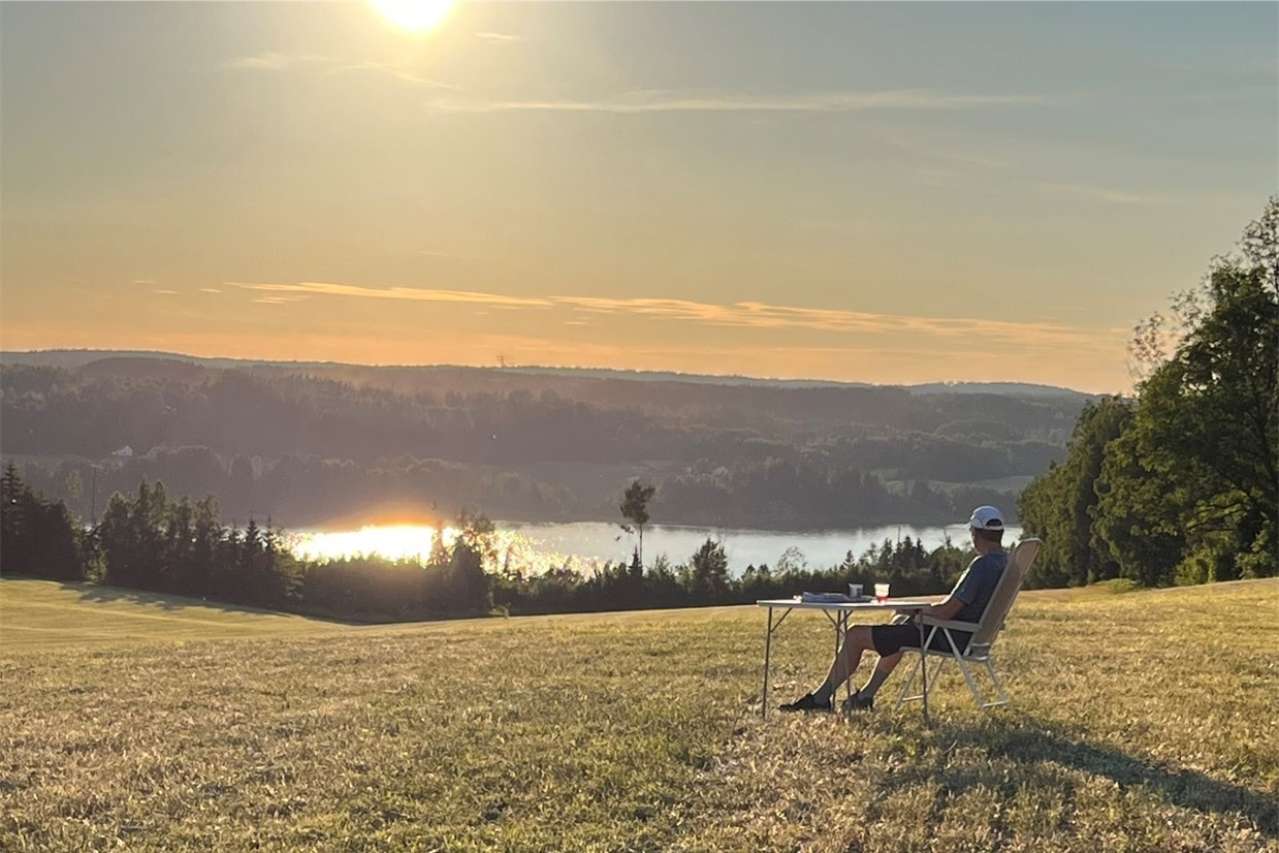
Many are also concerned with the importance of the agricultural landscape for recreation and outdoor activities. Photo: Wenche Dramstad, NIBIO
NIBIO monitors public attitudes toward the agricultural landscape through the "Ipsos Norsk Monitor" survey. It reveals that while most people value fields, meadows, and pastures, attitudes vary across regions and age groups.
The "Ipsos Norsk Monitor" survey gathers data on people's attitudes and concerns regarding the agricultural landscape. Researchers Ulrike Bayr and Sebastian Eiter have led the initial analyses of the collected responses.
“Although Norway has limited agricultural land, much of it is located around towns and cities. This means that many people live close to agricultural landscapes. How people perceive this landscape influences how they use and alter it. That is why this survey is so important,” says Eiter.
Responses from both 2019 and 2021 suggest that most people are satisfied with the agricultural landscape in their home municipality.
“When asked whether they think the agricultural landscape is beautiful, most people respond that this is entirely or fairly true,” Eiter says.
“Many are also concerned about the agricultural landscape's value for biodiversity, sense of place, cultural heritage, and recreation,” he adds.
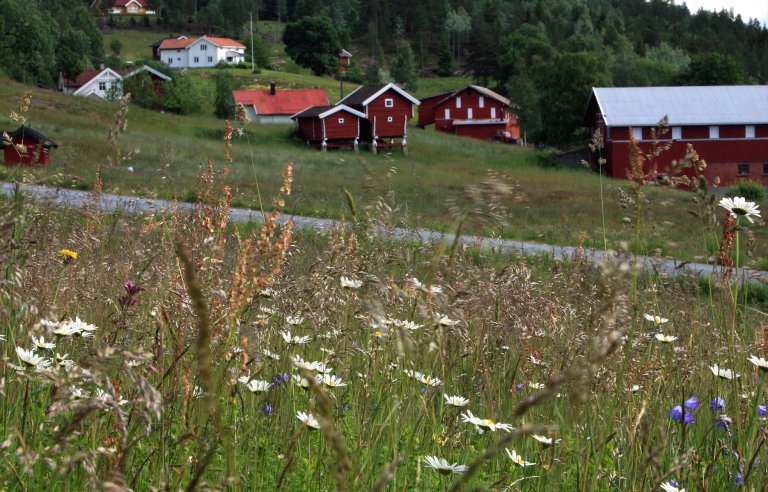
More attention to food security
Respondents are asked to consider various characteristics of the landscape, such as its suitability for recreation, its diversity, or whether it is affected by development. They are then asked to evaluate how the agricultural landscape contributes to different functions, such as food production or recreation. Answers are given on a 1-4 scale, and the survey is conducted every other year.
The two questions about the agricultural landscape were included in the survey in 2019 and 2021. The answers vary between years, age groups, and regions.
“The survey shows clear differences between regions. One example is the question about how much the agricultural landscape is characterised by woodland overgrowth. People in Northern and Western Norway experience this to a much greater extent than those in other regions,” says Eiter.
“When asked about the significance of the agricultural landscape, most people emphasize its critical role in food production.. From 2019 to 2021, this figure increased by 7.7%.”
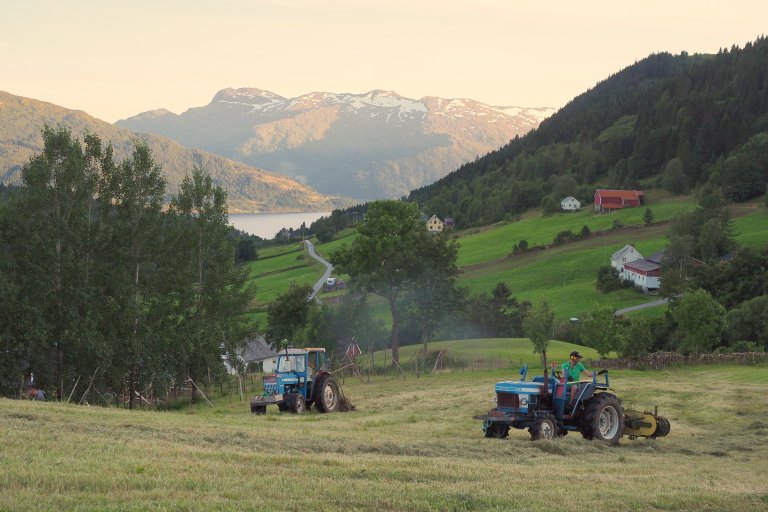
Increased concerns for the environment
The survey also examines the level of concern for environmental issues. Data dating back to 2003 reveal how attitudes and opinions have shifted over time. Findings suggest that people have become somewhat more concerned and that environmental worries vary across age groups.
“Concern about urbanisation and other development on cultivated land has clearly risen from 2003 to 2021, with its ranking increasing from 2.4 to 2.75 on a scale of 1 to 4. One possible explanation is that there has been a growing public focus on soil protection throughout this period.”
With rankings between 2.5 and 3, peaking in 2007 and 2019, people under the age of 40 are more concerned about climate change and biodiversity loss than older generations.
«Meanwhile, those over 60 are more concerned about the loss of cultural heritage, development on cultivated land, and the encroachment of woodland on agricultural land than younger people,” says Eiter.
.jpg)
Interesting figures for the future
The researchers aim to use the figures from Ipsos Norsk Monitor in several contexts in the future.
“We hope that we can gain more insight into the causes of changes in attitudes. We also aim to connect these findings with results from the 3Q program, through which NIBIO has monitored changes in the Norwegian agricultural landscape since 1998. Ideally, we would like to incorporate the Ipsos Norsk Monitor questions into the 3Q monitoring program, as has been done in Switzerland,” says Eiter.
“Among other things, we would like to find out if there is a correlation between the changes we find in our data and what the general public perceives. Perhaps we can gain some insight into how effectively we scientists are reaching people with our results,” he continues.
“It would also be interesting to compare Norway to other countries. Does Norway stand out, or are there certain challenges that we can collaborate internationally to solve?”
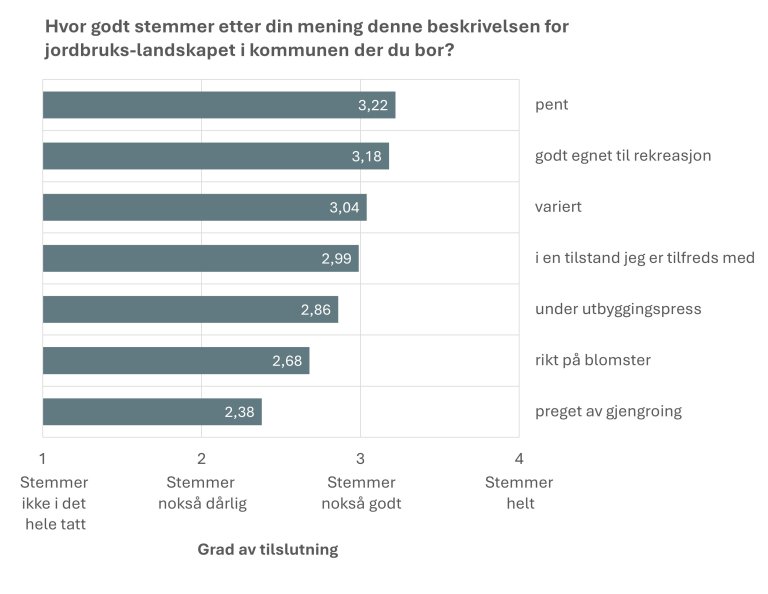

Contacts

Ipsos, Norsk Monitor
The survey has been conducted every two years since 1985, providing invaluable time series data spanning up to 37 years. Around 3,800 people respond every two years to approximately 3,000 questions, making it a powerful tool for describing and explaining societal changes and the influence of values on attitudes and behaviour. The sample is representative of Norway’s residents above 15 years of age and is both methodologically robust and well-documented.
Contacts


